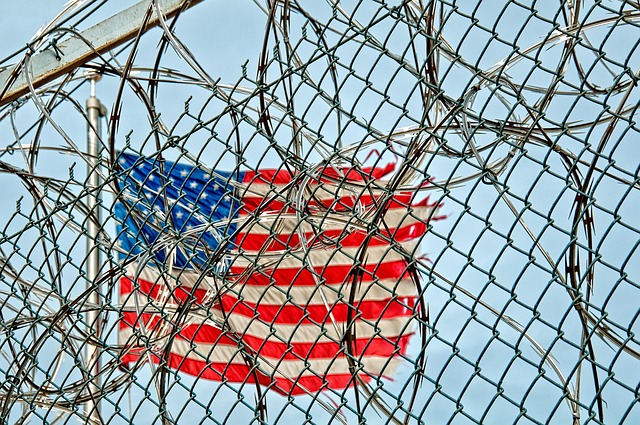In today's digital era, people are turning away from traditional driving towards alternative transportation options like public transit, cycling, walking, and carpooling. These methods not only ease daily stress and anxiety but also promote social connections, physical health, and a respite from modern life's constant hustle. Furthermore, they strengthen community bonds, instill environmental awareness, and ultimately boost mental well-being and psychological health, making them popular choices for many.

In today’s digital era, many individuals are turning to alternative transportation options for both their daily commutes and leisure activities, which can significantly impact mental health. With increased stress and anxiety related to driving on crowded roads, exploring different modes of transport can offer a much-needed respite. Public transportation, cycling, walking, and even carpooling not only reduce the burden of driving but also provide opportunities for social interaction, physical activity, and a break from the constant stimulation of modern life. These alternatives allow individuals to disconnect from the hustle and bustle, improving their overall well-being.
Furthermore, choosing alternative transportation methods can foster a sense of community and environmental consciousness. Public transit encourages social connections as people share common spaces, while cycling or walking promote physical and mental health through exercise. This shift towards sustainable and stress-free commuting options contributes to a healthier mental state, making it a beneficial practice for individuals seeking to enhance their psychological well-being.
In conclusion, prioritizing mental health is essential for safe driving. By exploring alternative transportation options like ride-sharing, public transit, and active modes such as walking or cycling, we can reduce stress and improve well-being while ensuring safer roads for everyone. Embracing these alternative transportation options not only benefits individual mental health but also contributes to a more sustainable and resilient community.






